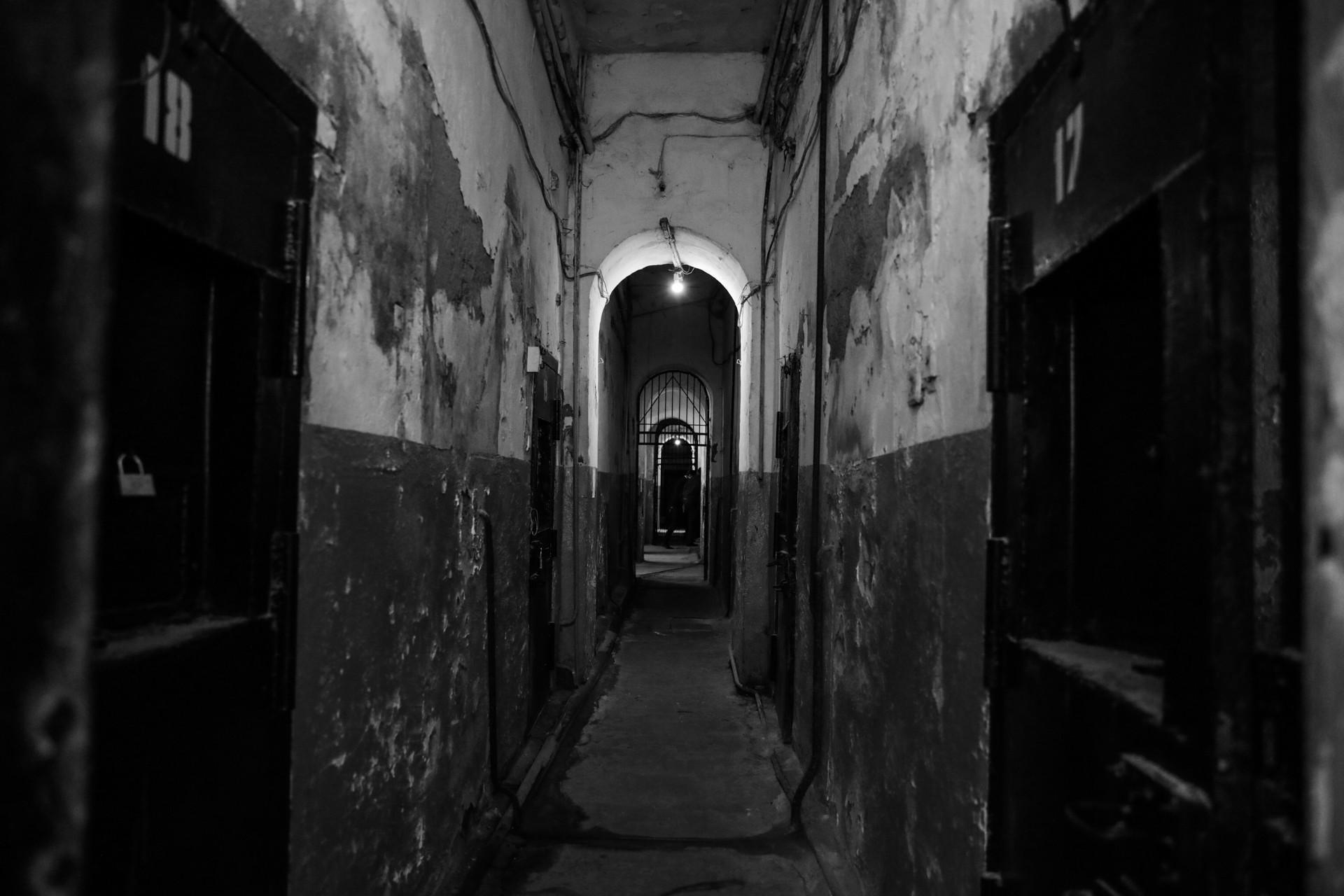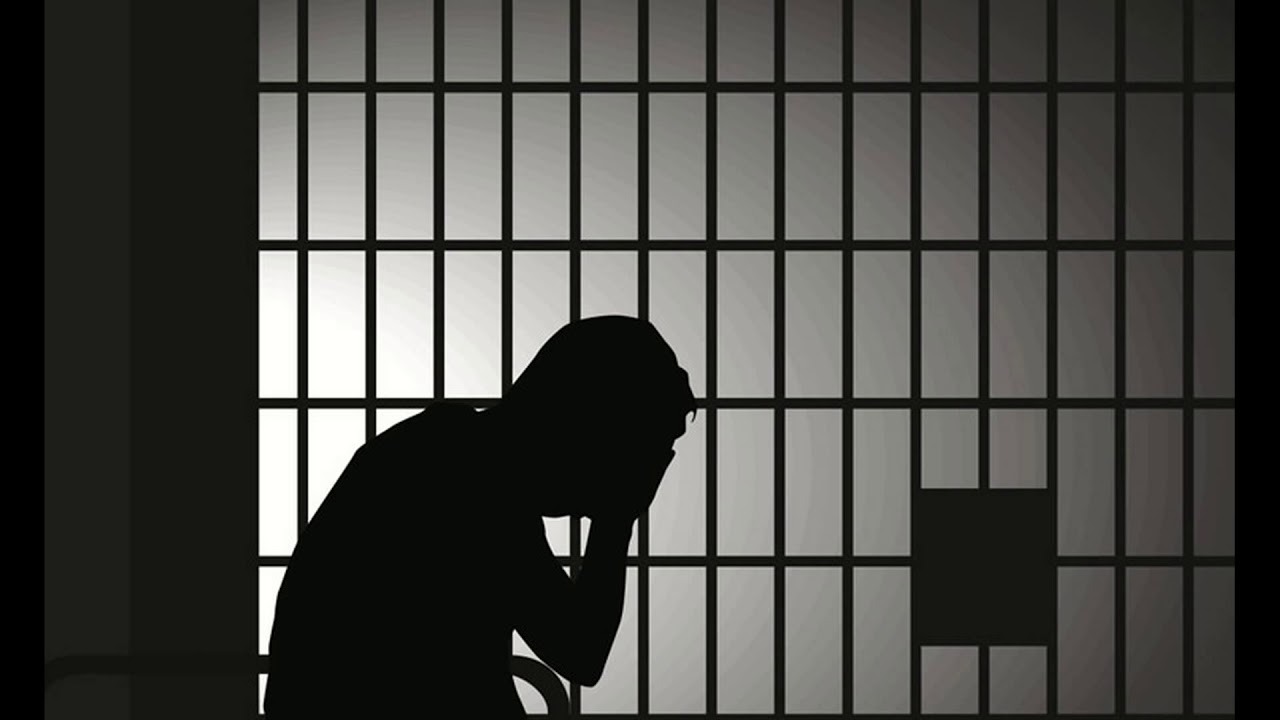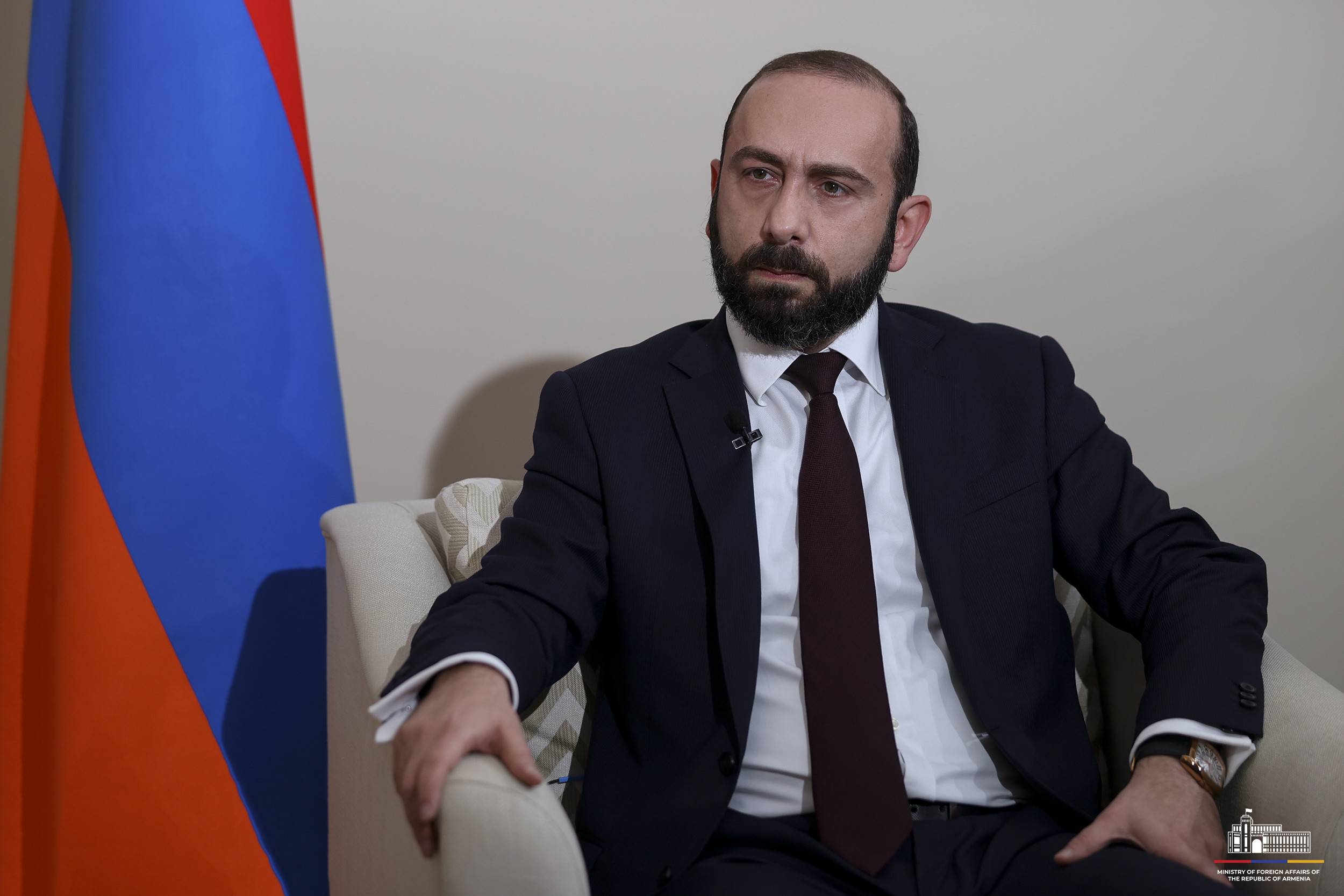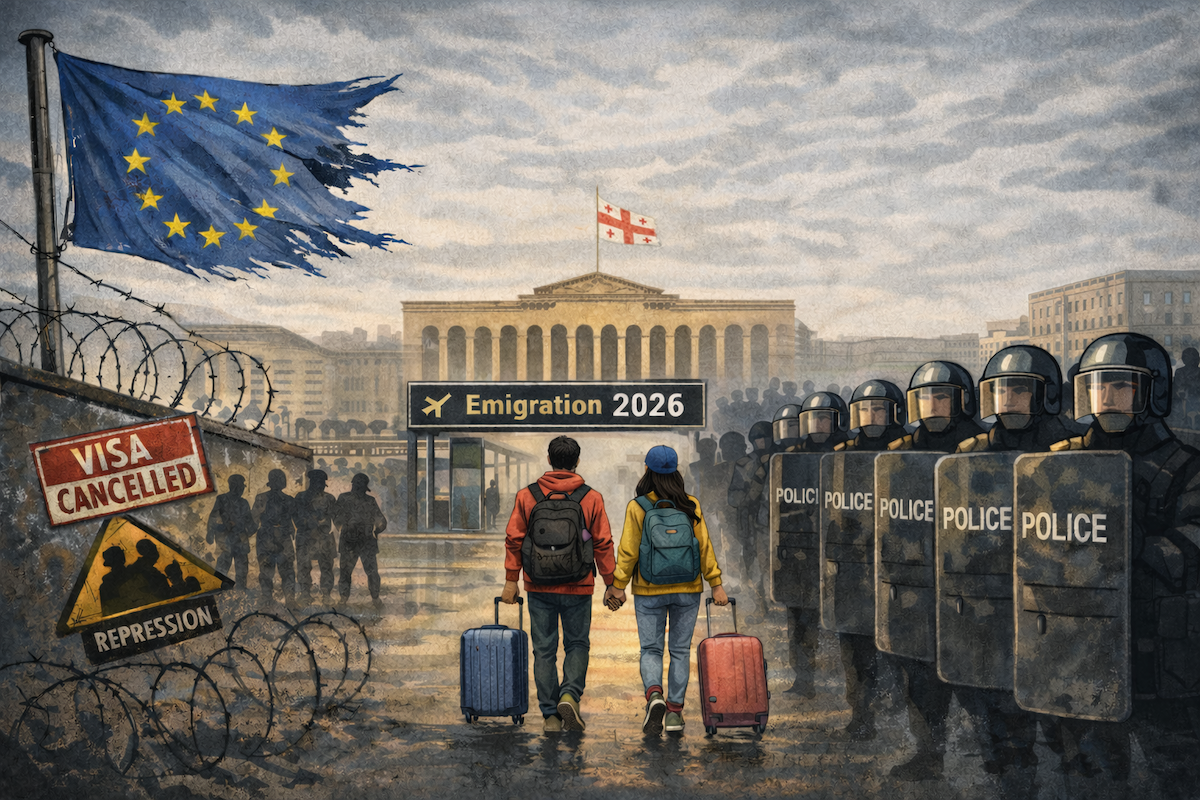More detainees than convicts in Armenia’s prisons: what’s behind it?
Prisoners’ rights in Armenia
The number of detainees held in Armenia’s prisons exceeds the number of convicts. In 2024, a total of 2,686 people were in correctional facilities — 1,285 were serving sentences, while 1,401 were detainees awaiting trial.
Human rights defender Zaruhi Hovhannisyan calls this a troubling sign, especially given that the new criminal procedure code adopted in 2021 allows the use of alternative measures such as house arrest or military supervision.
In an article on the issue, she stressed that between 2018 and 2022 the European Court of Human Rights issued 19 rulings against Armenia over the use of pre-trial detention. All of them related to violations recorded under the country’s previous authorities. If nothing changes, she warns, Armenia may continue to face similar rulings from the Strasbourg court.
“In all these cases, Armenian courts unlawfully chose detention as a preventive measure, simply copying the prosecutor’s request. They failed to clearly and properly justify the need for imprisonment, thereby violating the fundamental human right to liberty and security,” Hovhannisyan wrote.
Next comes her opinion on the legitimacy of using detention as a preventive measure.
- ‘Ilham Aliyev, how about making peace with your own citizens?’ – journalist writes from prison
- Georgian journalist Mzia Amaghlobeli sentenced to two years in prison
- Archbishop’s diary and attempted coup in Armenia
Detention remains the main preventive measure used by Armenian courts
“In Armenia’s criminal justice system, detention continues to be one of the most frequently applied preventive measures. Although human rights groups have repeatedly raised concerns about abuses and the disproportionate use of detention, in practice it is still applied widely. The problem is particularly visible in relation to those engaged in political activity — both in the choice of preventive measure and in the extension of detention.
The figures from the past three years show that no significant changes are taking place:
- 2024 — total 2,686 people, of whom 1,285 were convicts and 1,401 detainees,
- 2023 — total 2,469 people, of whom 1,152 were convicts and 1,317 detainees,
- 2022 — total 2,265 people, of whom 1,055 were convicts and 1,210 detainees.
It is clear that the number of detainees in correctional facilities exceeds the number of convicts. This is a serious cause for concern, especially considering that the new criminal procedure code adopted on 30 June 2021 provides for a new conceptual approach — namely, a range of alternative preventive measures.”
Alternative measures of restraint minimise harm to human rights
“According to Article 115 of the new criminal procedure code, preventive measures include detention and a range of alternatives.
The alternative measures are:
- house arrest
- administrative supervision
- bail
- suspension from office
- travel ban
- personal surety
- educational supervision
- military supervision
In short, the system of preventive measures is designed to give the courts the necessary guarantees while ensuring that any harm to the right to liberty and security is kept to a minimum, and that the accused behaves properly with the least possible restriction of their rights.”
ECHR takes a clear position on the issue
“The European Court of Human Rights has taken a consistent position in its rulings against Armenia regarding violations of Article 5 of the European Convention on Human Rights — the right to liberty and security.
Even when a person had evaded justice and was wanted, and the Armenian courts used that as grounds to extend detention, the ECHR’s position remained unchanged.
In particular, the Court’s ruling in Pashinyan v. Armenia, published on 7 April 2022, which examined the complaint of the current prime minister, Nikol Pashinyan, over his detention from 12 October 2009 to 19 January 2010, confirmed that there had been a violation of Article 5 — the right to liberty and security. The applicant had not been provided adequate protection against arbitrariness, which is one of the core elements of the requirement of lawfulness under the first paragraph of Article 5.”
Court decisions often follow a template
“Excessive use of pre-trial detention, the absence of an individualised assessment system, and serious shortcomings in judicial oversight point to systemic problems.
Courts mainly grant prosecutors’ requests without thoroughly examining the case. Their rulings are often formulaic and fail to take account of the specific circumstances. The full range of alternative measures is simply not applied.
As a result, the public perception is that detention in criminal proceedings is a tool of pressure and control, rather than a necessity.
Unfortunately, it must be noted that practices entrenched for decades in Armenia’s judiciary remain unchanged. And if today we are receiving ECHR judgments on violations of Article 5 committed under the previous authorities, then similar rulings will also follow in the future — challenging the legality of detention decisions being made by today’s courts.”
Prisoners’ rights in Armenia





















